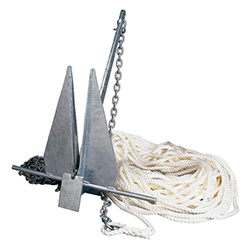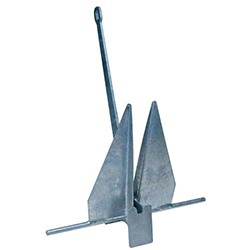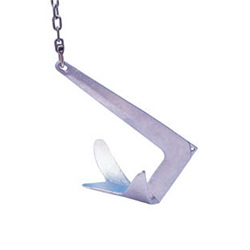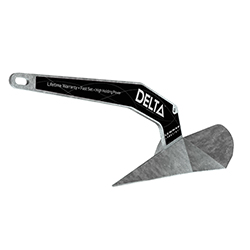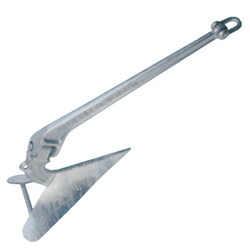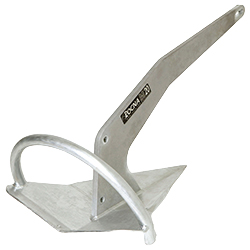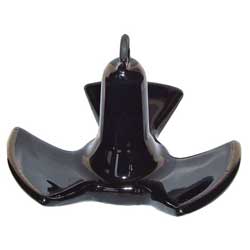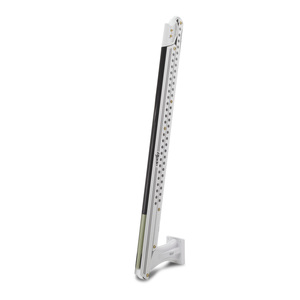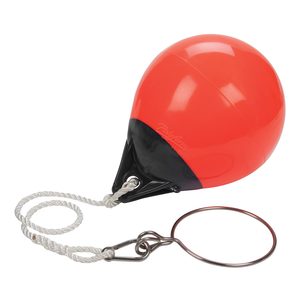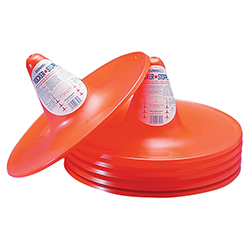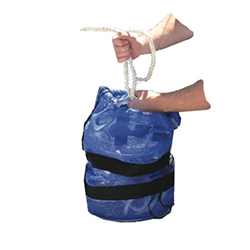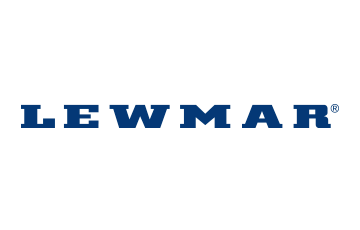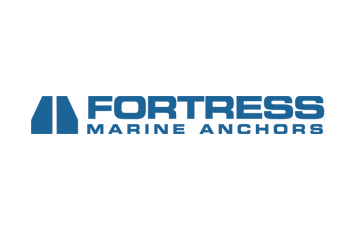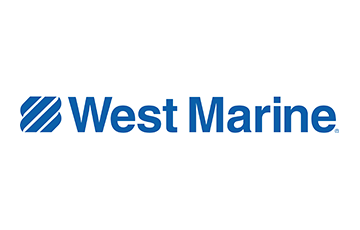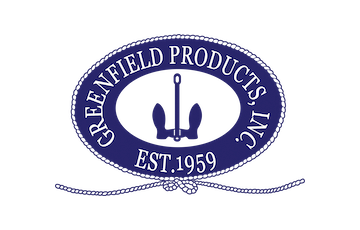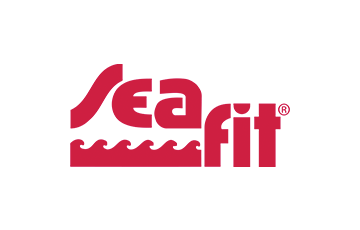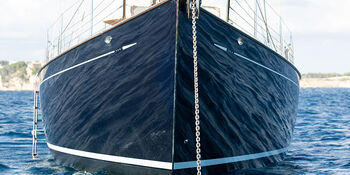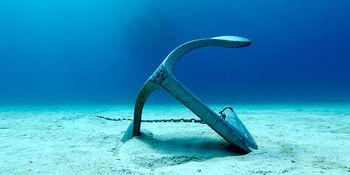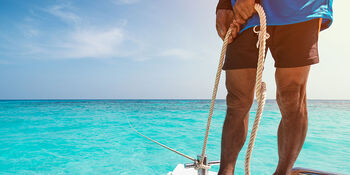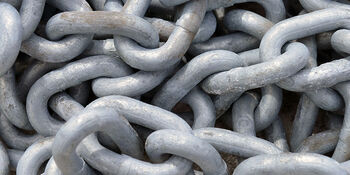An anchor of the right size and type is arguably the most important piece of safety equipment to have on your boat. Regardless of the type of boat you own or where you use it, West Marine has you covered with boating’s best selection of anchors, chain, windlasses and more.
Advice & How-To
The Importance of Anchors
Whether you own a full-keeled cruiser, a heavy trawler, an aluminum runabout, a kayak or any other type of boat, your anchor is arguably the most important piece of safety gear to have. Calling for help with your cell phone or VHF radio won’t stop your boat if you find yourself drifting toward a lee shore with a dead engine—and it’s not going to stop your kayak in a river when you are too pooped to paddle. Ask any cruiser, and they will tell you just how much they appreciate being able to sleep soundly, knowing that their boat is held securely against wind, current and waves.
The Best Anchor for Your Boat
Given West Marine’s tremendous selection of anchors, which one should you choose? The short answer often is “more than one type.” This is because the type of bottom—mud, sand, coral, grass or rock—as well as the size and windage (wind resistance) of your boat have a bearing on which anchor is best. Since many of us use our boats in a variety of conditions, having a couple types of anchors on board makes sense.
Types of Anchors
Our selection can be divided into seven different types of anchors: pivoting fluke-style, Bruce-type, fixed-shank scoop, non-hinged plow, hinged plow, plus river and lake anchors and various types of shallow water anchors. Depending on the type of boat you have and the composition of the seabed where you expect to “drop the hook,” one or more of these types of anchors should be good for you.
How big an anchor do you need?
Sizing an anchor for your boat reinforces, with some limits, the “bigger is better” idea. Having a properly sized anchor ready could make the difference in an emergency between drifting onto a rocky shore or staying free from danger. However, raising any but the lightest of anchors by hand requires a strong back. You’ll find the process is much easier with a windlass.
When selecting an anchor, take the manufacturers’ suggested sizes into account and consider your boating style. Do you typically anchor for two hours or for two weeks, in a lake or in the Atlantic Ocean?
Think in terms of a complete anchoring system.
When selecting an anchor, you should think of it as part of a complete ground tackle system. Apart from the anchor itself, ground tackle systems include the rode, which can be all rope, all chain, or a combination of rope and chain. The system also will include a means to store your anchor, which might be a bow roller or at its simplest, an anchor bag that holds your anchor and rode. West Marine offers a number of anchor packages that include the anchor and rode.
Depending on the weight, raising or “weighing” your anchor can be hard work. That is why large, heavy anchors require the use of a windlass. Windlasses can be manual or electric. Manual windlasses supply your crew with a mechanical advantage for weighing your anchor. Many electric windlasses can be operated remotely from your boat’s fly bridge or cockpit, which is especially helpful in a short-handed situation. For more help with setting up your anchoring system, see our West Advisor articles: Selecting the Right Anchor, Selecting an Anchor Rode, Anchor Rollers and Installing an Anchor Windlass.

